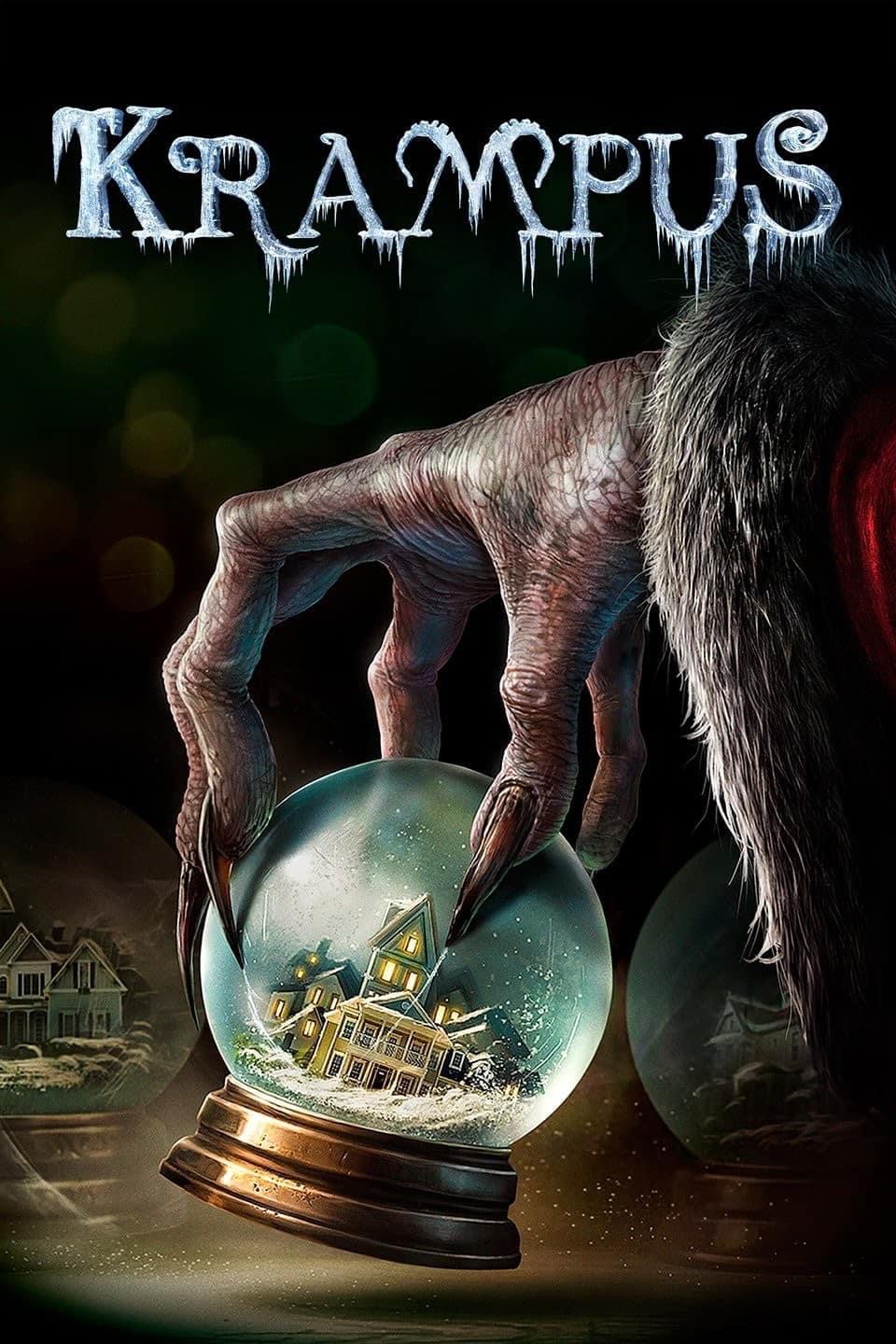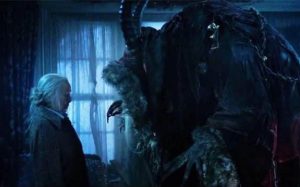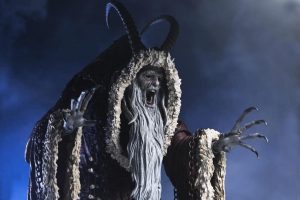Krampus (2015)

Krampus (2015), directed by Michael Dougherty, is a holiday horror-comedy that blends traditional Christmas themes with dark folklore. The film, inspired by the mythological creature Krampus—a horned figure from European folklore who punishes misbehaving children—is an entertainingly twisted take on holiday traditions.
Suggested videos for you:
Plot Summary
The story begins with the Engel family, a dysfunctional group whose relationships are strained, especially during the holiday season. Max (Emjay Anthony), a young boy who still believes in the magic of Christmas, becomes disillusioned after a chaotic family gathering. Frustrated, he tears up his letter to Santa, inadvertently summoning Krampus, the Christmas demon, who arrives with a band of terrifying creatures to punish those who have lost the Christmas spirit.
As a fierce snowstorm engulfs the town, Krampus and his minions—nightmarish toys, demented elves, and other dark entities—start hunting the family members one by one. Each character faces supernatural threats, forced to confront their own personal flaws and misdeeds as they fight to survive the night. The family dynamics unravel further as they realize that Krampus is no mere holiday legend but a real force of retribution.
Characters and Performances
The cast, including Adam Scott, Toni Collette, David Koechner, and Allison Tolman, does an excellent job balancing humor and horror. Toni Collette, in particular, brings a grounded, emotional performance to the role of Sarah, Max’s mother, who tries to keep the family together despite the terrifying circumstances. Adam Scott as Max’s father, Tom, plays against his usual comedic type, providing a strong moral center in a nightmarish scenario. The actors lean into the absurdity of the situation, which adds a layer of dark humor to the film and underscores the film’s genre-blending approach.
The character of Max is the emotional heart of the story, portraying the innocence lost when holiday magic fades, and Emjay Anthony gives a heartfelt performance as the young boy who unwittingly brings Krampus to his doorstep. Max’s wish to restore the holiday spirit is what drives the plot, making his journey relatable and giving the film emotional weight.
Tone and Atmosphere
Krampus succeeds largely because of its unique tone, which manages to balance holiday charm with horror elements. The visuals are particularly striking, with the snowy, isolated suburb and the eerie winter wonderland atmosphere adding to the tension. Director Michael Dougherty, known for his work on Trick ‘r Treat, effectively captures the horror-comedy balance, making the film feel like a twisted holiday card come to life.
The film’s creatures are inventive and disturbing, with Krampus himself designed to look monstrous, draped in tattered robes and carrying chains with bells. His menacing presence looms over the film, and each of his minions brings a unique horror twist to Christmas iconography, from the maniacal jack-in-the-box to demonic gingerbread men. This reimagining of holiday symbols is both unsettling and darkly funny, giving Krampus a distinct aesthetic that stands out among holiday horror films.
Themes
While the film is a horror story on the surface, it has deeper themes about family, the consequences of cynicism, and the loss of innocence. It explores what happens when people lose their faith in traditions and the spirit of the holidays, emphasizing the importance of togetherness even in dysfunctional relationships. The film critiques commercialism and the loss of Christmas’s traditional values, making it more than just a creature feature.
The horror elements serve as an exaggerated reflection of the characters’ inner conflicts. The film’s climax emphasizes that Krampus does not merely punish; he forces people to face the consequences of their own moral failings, making the story both a supernatural horror and a cautionary tale.
Visual Effects and Practical Design
The practical effects and creature design are standout elements of Krampus. While there is some CGI, much of the horror relies on practical effects, giving the creatures a tangible, tactile quality that enhances their fear factor. Krampus and his minions are impressively crafted, each with grotesque details that make them feel like physical threats. This attention to detail elevates the horror aspects of the film, making it more immersive and visceral.
Dougherty’s direction is stylish and precise, and the film has an old-school charm in its approach to horror, relying on suspense, atmosphere, and practical effects rather than jump scares or overt gore. The visual composition complements the twisted fairy tale tone, creating a visually rich experience that combines whimsy with terror.
Criticism
Some viewers might find the film’s ending ambiguous or unsatisfying, as it leaves room for interpretation regarding the family’s fate. This ending, however, can be seen as fitting, given the film’s folklore-inspired roots, where moral lessons often come with haunting, unresolved conclusions.
Additionally, Krampus occasionally struggles to maintain its balance between humor and horror, with certain comedic moments feeling slightly out of place amidst the dark, unsettling atmosphere. However, this doesn’t detract significantly from the overall experience, as the horror elements and creature design remain effective throughout.
Conclusion
Krampus is a refreshing addition to both holiday and horror genres, providing a mix of scares, laughs, and poignant moments. By combining Christmas themes with dark folklore, Michael Dougherty has crafted a memorable and stylish horror-comedy that explores the darker side of holiday traditions. The film’s unique tone, impressive practical effects, and thematic depth make it a cult classic for fans of alternative holiday movies. It’s a reminder of the power of tradition, the importance of family, and the darker consequences of losing sight of what matters most during the holiday season.
Krampus stands out as a distinctive, twisted take on Christmas, capturing both the joy and the darkness that can lurk beneath holiday festivities.










